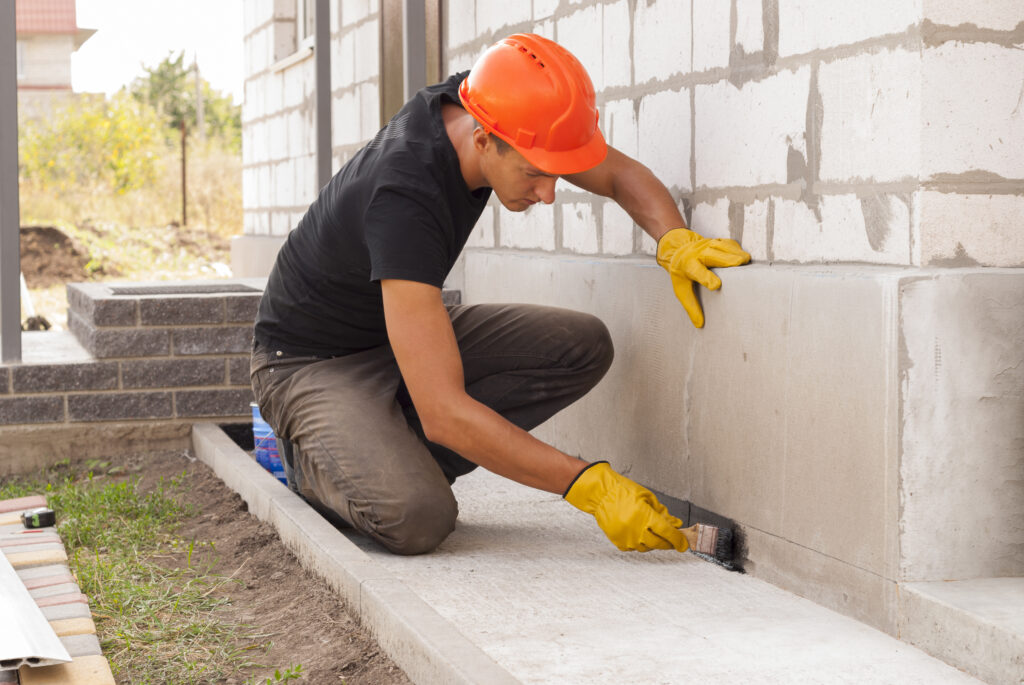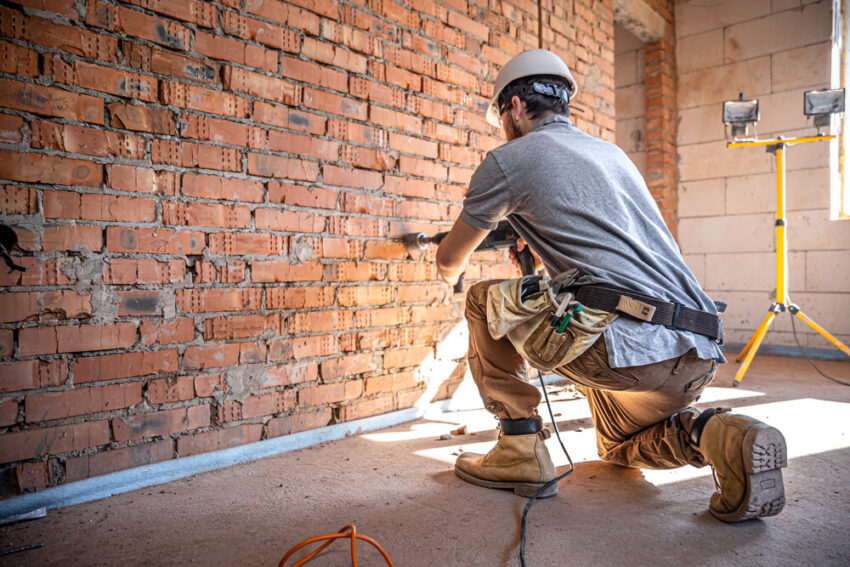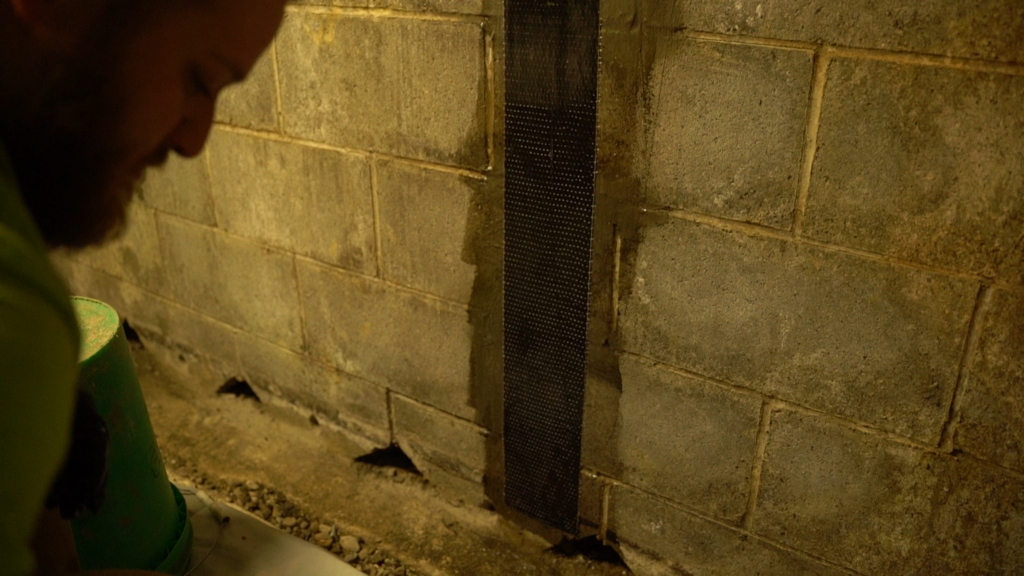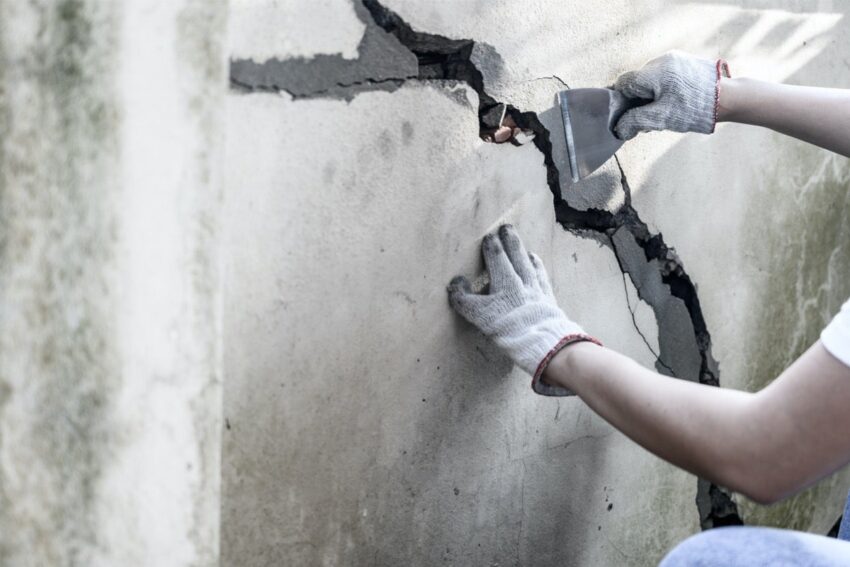Homeowners do not look forward to dealing with foundation difficulties. Many of them put off repairs as long as they can. This is perfectly understandable given the high cost of repairing this type of damage.
Problems with the foundation, on the other hand, will not go away on their own. They’ll most likely escalate to the point where you’ll have to repair your complete house instead of just one issue. Repairing a cracked foundation as soon as you see it can save you money in the long term while preventing further issues.
This article will talk about the types of cracked foundations and the best way to fix them.
Types Of Foundation Cracks
The structural stability of your home is dependent on the strength of its foundation. It secures the frame in place and ensures that it is adequately supported. As a result, it’s natural to be concerned when you notice cracks on its surface. Some people may be concerned about the cracks in the wall.
Understanding the various foundation cracks will help you deal with the matter more effectively, so let’s go over them one by one.
-
Shrinkage

Shrinkage cracks in your foundation are the least concerning the form of crack. Shrinkages are common in the first month after the foundation is laid, caused by the first curing process. As the concrete dries up, shrinkage fractures appear.
They don’t usually alter in size and don’t signal a problem with your foundation right away. To be safe, inspect them regularly and keep the contact information for a house foundation repair professional handy.
-
Horizontal Cracks
If you notice horizontal cracks in your basement, contact a professional as soon as possible. These cracks indicate a shaky foundation, and ignoring them could result in your home falling. Horizontal fractures indicate that the foundation is bowing inward, which is never a good thing. Over time, the weight of your house will hasten the bowing.
Excess rain pooling around the perimeter of your foundation might cause this type of crack. If that water freezes quickly, the damp ground expands into your foundation, forcing it inward. If you leave horizontal fractures untreated, you risk major structural instability in addition to the problems connected with water damage.
-
Vertical Cracks

Vertical cracks are deep fissures that form when the foundation settles unevenly. The new building is prone to cracks. Additional pressure builds upon the foundation walls as the soil settles, causing cracks. Water can leak into the foundation through vertical cracks. Thus they should be corrected as soon as possible.
-
Stair-Step Cracks
Although vertical cracks are less dangerous than horizontal fractures, they can still cause damage to your basement. Water damage, as you may be aware, can be extremely damaging. Step cracks are most commonly encountered above the foundation on the outer wall of a brick and mortar structure.
They indicate foundation slippage or settlement and should be rectified by a foundation repair business. The stair-stepping is generated by foundation shifts causing separation in the brick. This type of foundation fracture is frequently the cause of leaky basements in older homes. While the problem can be resolved with the assistance of contractors, wear and tear is an unavoidable part of owning an older home.
-
Diagonal Cracks
On the foundation’s surface, these are fissures with a maximum diagonal orientation of 45 degrees. Experts rarely consider them to be serious risks to your foundation. Diagonal cracks are also caused by the curing of concrete and the settlement of the foundation over time. The epoxy crack injection can be used to repair them. However, if the space is large enough to fit a quarter, you should seek professional help. To lift the area of the foundation that has settled, the foundation repair company may need to add piers.
-
Hairline Cracks

On the foundation, these are very fine lines. They are classified as nonstructural cracks since they are purely aesthetic. They frequently occur during the first two months of concrete hardening. As the concrete dries up and loses moisture, cracks appear.
Normal hairline cracks do not grow in size over time. Therefore they don’t need to be treated right away. It’s also a good idea to double-check them from time to time to make sure they haven’t changed. You can also check with your contractor to see whether they cover hairline crack treatment.
The Fastest Way To Fix a Cracked Foundation
It would be easier to decide if you only had one repair procedure that worked significantly better than the others, but this is not the case. A foundation can be cracked in various ways, and foundation repair solutions differ based on the issue. It’s essential to contact a competent contractor who can assess the damage and recommend the best course of action. They might suggest the following method:
-
Masonry Patches and Sealants

Foundation cracks can sometimes be mended by repairing them and coating them with a waterproof masonry sealant. Because your foundation supports your entire house, it’s critical to spot and repair cracks as soon as possible. To avoid water infiltration and further damage, it’s best to identify and fix the problem as soon as possible.
Foundation problems are quite common in Detroit. Be sure to select the best foundation repair Detroit services through https://staydrywaterproofing.com/poured-concrete-basement-wall-crack-repair-detroit/
-
Steel push piers
Steel push piers are forced into the earth using the structure’s weight and hydraulic pressure to reach the load-bearing strata. A coordinated hydraulic system lifts the structure back up once they’re in place. The jacks are then removed, and the structure is supported by the push piers, which remain in place.
-
Reinforcement of carbon fiber

Carbon fiber strips are a solution for foundation cracks caused by bowing or leaning basement or foundation walls, which is a common outcome of excessive soil moisture and water pressure. Carbon fiber strips are used to offer extra strength and rigidity to sagging and cracking basement or foundation walls.
Conclusion
You will soon discover that your home is not sturdy enough to stand alone, no matter how careful you are. Fortunately, there are various methods that you may assist in the foundation repair of your home. If you select an inexperienced home foundation repair specialist, though, you may pay more money in the long run. As a result, you should spend some time researching your possibilities before deciding.

